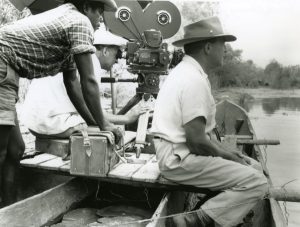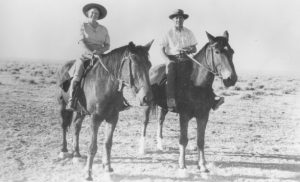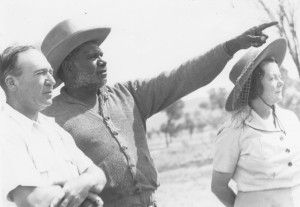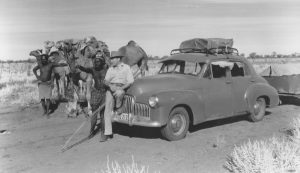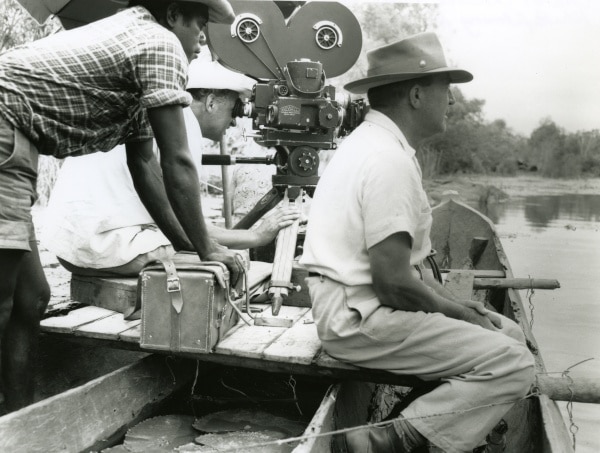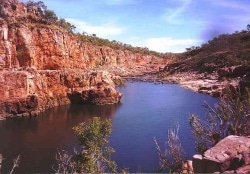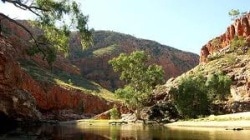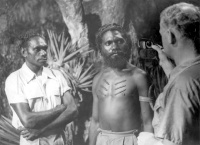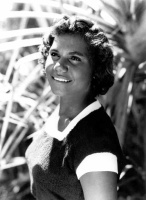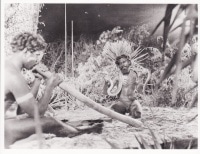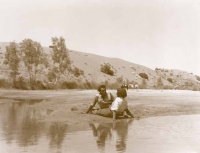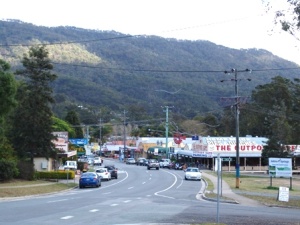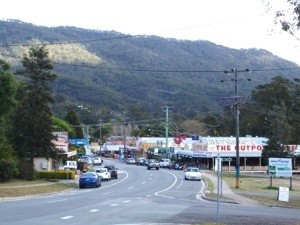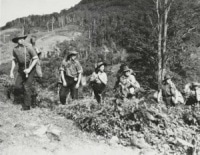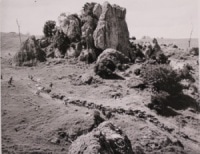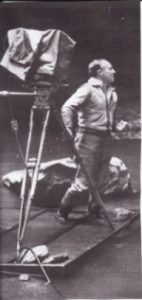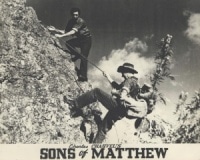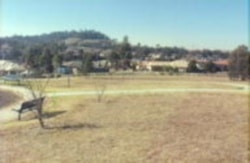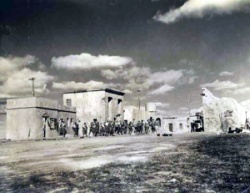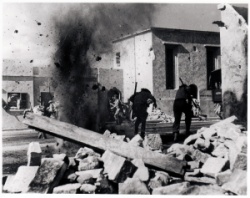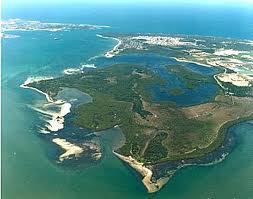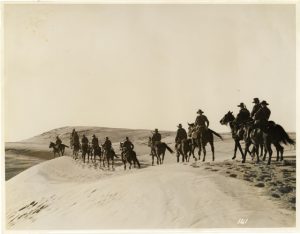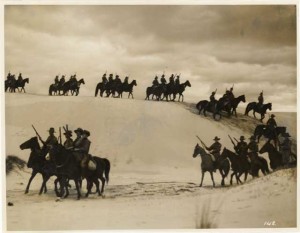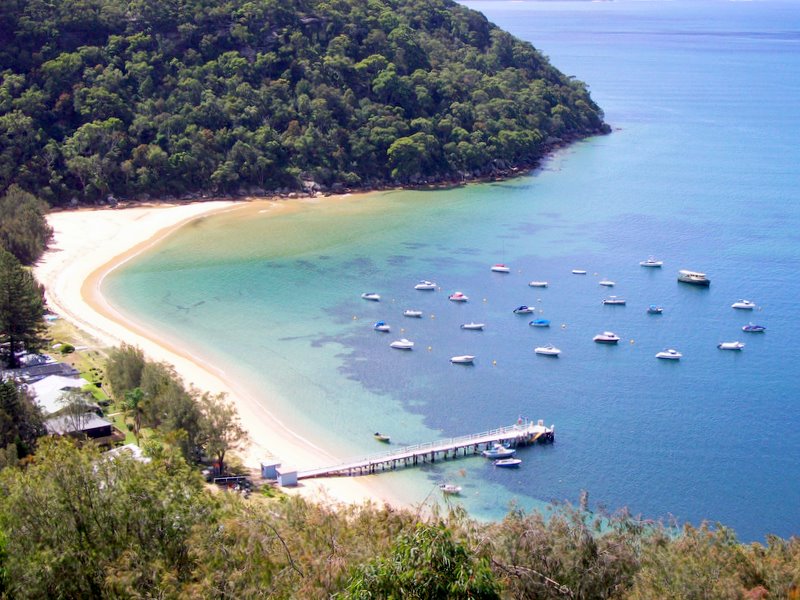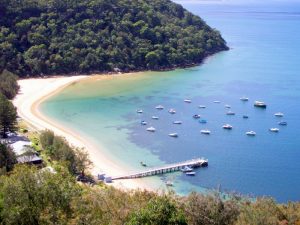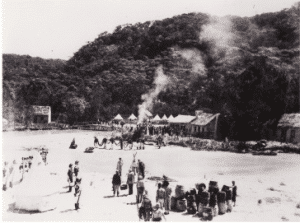Posted by scarlsson at 09:39, December 12 2012.
The Chauvels’ career took a totally different direction with their last venture, “Australian Walkabout”. Before leaving London, after post-production work on “Jedda”, the BBC had interviewed Charles and Elsa on television, with excerpts from the film. They had a huge public response to the interview, with viewers asking to know more about outback Australia. The BBC had run a series of wildlife adventure films in South Africa with a husband and wife, Armand and Michaela Dennis, but the couple had recently deserted BBC for a more lucrative offer with a commercial station. Charles received a cable from the BBC asking them to return to London and discuss the making of a similar series in Australia.
Charles was in his element, filming documentary in his beloved outback. Such a series was fairly new in Australia. It was new to Charles and Elsa, too, who now had to appear before the cameras. Their safari followed an almost diagonal route from Sydney to Darwin, via Broken Hill, Port Augusta and Alice Springs.
The thirteen half hour episodes included the Flying Doctor and School of the Air, the opal fields, horse-breaking and picnic races, the Rum Jungle uranium mine, crocodile shooting and buffalo hunting. The Chauvels got to know a range of outback people, from Aboriginal cameliers and artists, to well-sinkers, property owners and one revered flying doctor, with whom they flew to lonely outposts on the way to Lake Eyre. More in Locations and Films >
